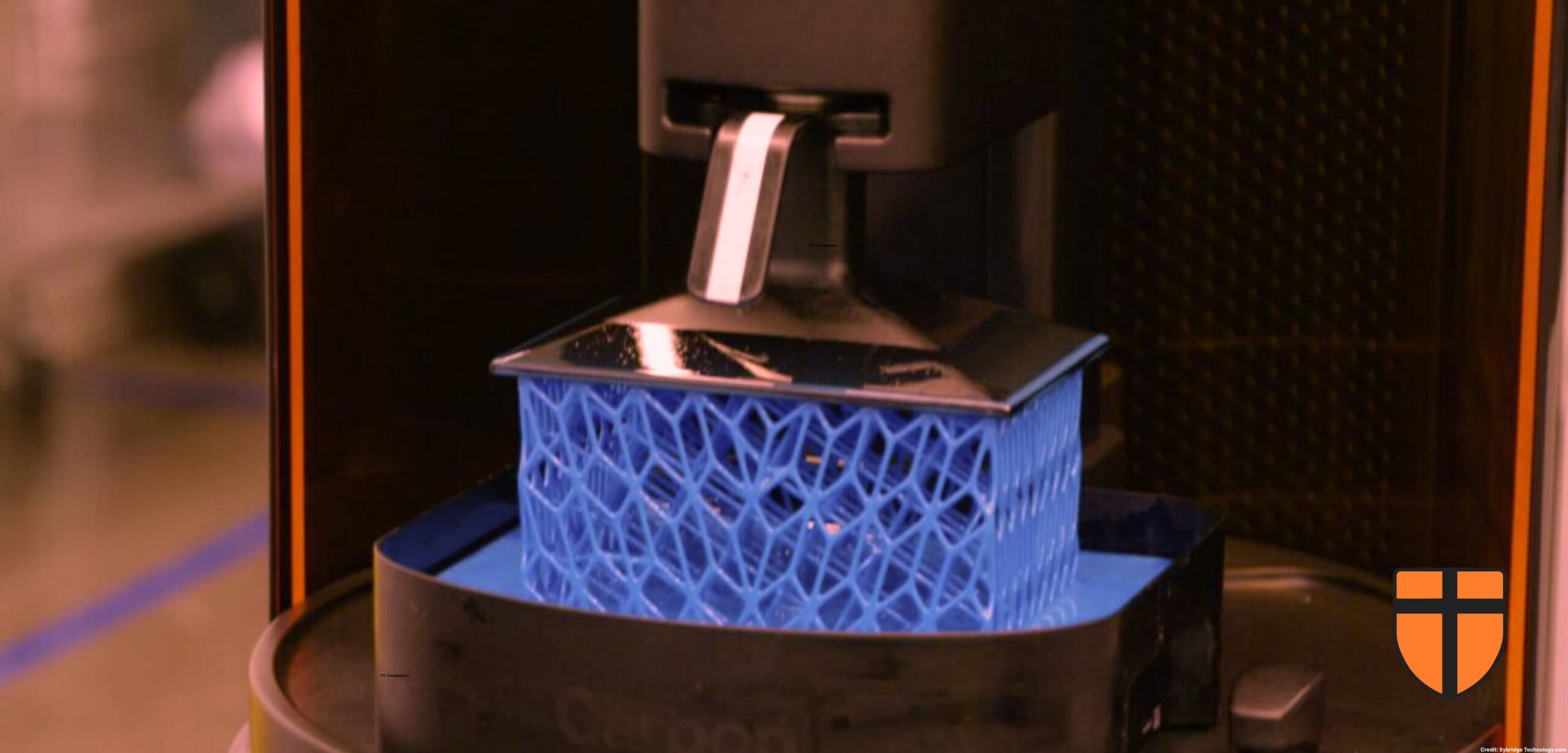
Going Nuclear

Science marches ever forward, and right now one technology in particular is rapidly being improved: the nuclear battery. This power source, while it’s currently of only limited use, offers strong possibilities for the future, with the potential for long-lasting, environmentally friendly energy storage.
When we think of batteries, we generally imagine dry cell (AA) or perhaps cell-phone batteries. These are standard batteries, which function by converting chemical energy stored in their “reactive components” (which range from Nickel to Lithium) into an electric current, which is then used to power our various devices. Almost all batteries rely on chemical energy for their power, including all the common batteries we use each day.
What we don’t normally imagine, thinking of batteries, is the above mentioned “nuclear battery.” In fact, a nuclear battery probably isn’t what you think of when you imagine nuclear power either. Standard nuclear power occurs through the process of fission, where the nucleus of an atom is forced to split into two smaller nuclei, generating an enormous amount of power in the process. Standard nuclear power is incredibly impressive, generating far more power per kilogram of fuel than the burning of traditional fuels.
Instead of fission, however, nuclear batteries produce power through radioactive decay. This decay produces much smaller quantities of energy than fission, but lasts an extremely long time (in some materials it can take thousands of years!). Using semiconductors, materials with special electrical properties, a nuclear battery turns the energy released by decay into an electrical current. This happens when electrons from the decay ram into electrons in the semiconductor, changing the distribution of electric charge across the material and producing a current.
Researcher Su-il In of the Daegu Gyeongbuk Institute of Science & Technology presented new research on the topic this week at the spring meeting of the American Chemical Society. The two main issues with nuclear batteries, as they currently exist, are that they release power very slowly, and that we don’t know how to efficiently convert that power into current. Professor In’s work recently has focused on solutions to these problems, and he’s made impressive strides.
Not only has the professor’s team worked hard to produce the most efficient semiconductor they could, they also introduced a fluid medium between the radioactive material and the semiconductor. This medium, when struck by the electrons released by the radioactive isotope, undergoes a strong reaction which releases many times more electrons than originally struck it, multiplying the effectiveness of the original isotope. Finally, they changed the distribution of the isotope in an effort to maximize the effects of the energy release. Their efforts resulted in nearly six times the energy output of a battery not using these improvements.
These new developments show great promise. While batteries of this type are still only viable for very low-intensity applications, the massive improvement in output demonstrated by professor In and his team is exciting. The more technologies are eventually able to use these batteries, the more time, frustration, and expense consumers can be saved. Further, nuclear batteries can also greatly help the environment. the production and disposal of Lithium-Ion batteries, the current industry standard, is extremely damaging to the environment.
As exciting as the possibilities are, however, there’s a long way yet to go. We must temper our hopes, and should not only rely on future technologies to assist in our stewardship of the earth. Rather, let every man do what he can, here and now, to steward the creation God has entrusted to us. Do not forget that we are called, as Pope Francis once said, “to make the earth a beautiful garden for the human family.”





